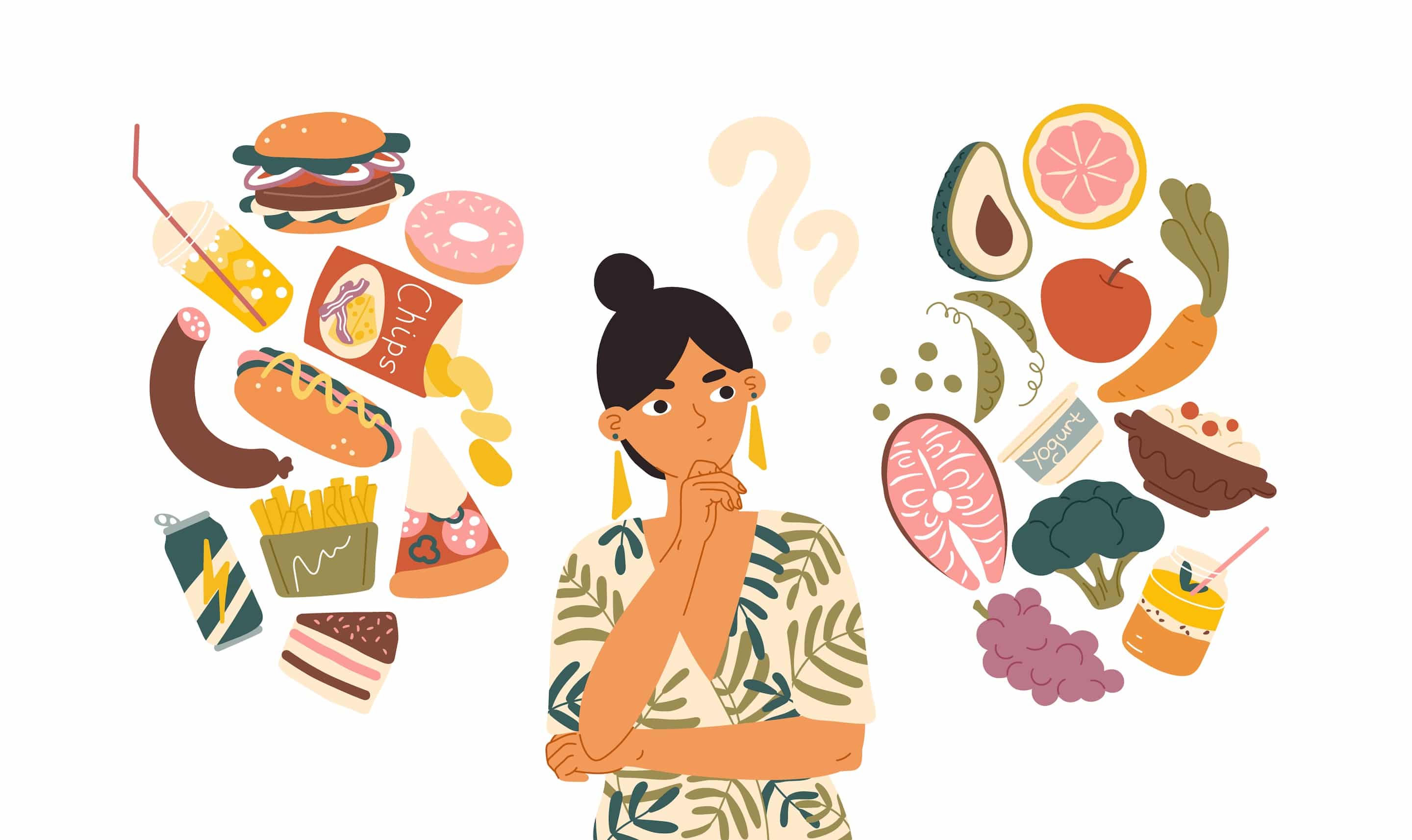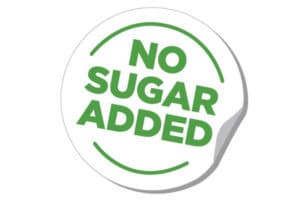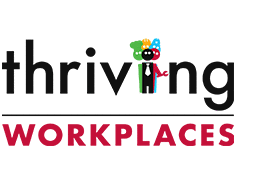
14 Sep Clever Marketing Ploys – is food labelled ‘healthy’ really healthy?
Clever Marketing Ploys – is food labelled ‘healthy’ really healthy?
Do you really know what you’re buying and eating? Or are you being sucked into a clever ad campaign? Marketing foods as ‘healthy foods’ can be misleading. Be one step ahead of the marketing tricks and understand what the food labels actually mean.
Supermarkets and food brands are guilty of marketing their products as healthy when in fact they could be setting us back on our healthy eating mission.
It’s time we take back control and not fall into their marketing ploy traps.
There are official ways of wording health claims, the law is vague though on how much the wording can be changed. It says only that the ‘meaning’ cannot be changed, nor can the claim be exaggerated. This means that sometimes the same claim can appear in many different forms.
Here are some of the most common claims — and what they mean:
- Light – Light products are processed to reduce either calories or fat, but often replaced with sugar.
- Multigrain – This sounds healthy, but only means that a product contains more than one type of grain. Choose wholegrain products instead, however, there could be a catch (see made with whole grains below).
- Made with whole grains -The product may contain very little whole grains. Check the ingredients list — if whole grains aren’t one of the first three ingredients listed in the ingredients list, the amount is insignificant.
- Natural -This does not necessarily mean that the product resembles anything natural. It simply means that at some point in the manufacturing of the product there was a natural source like nuts or berries.
- Organic – organic can be a good choice but does not always mean it is a healthy option. For example, organic sugar is still sugar.
- No added sugar – Some products are naturally high in sugar. Although, they do not have added sugar doesn’t make them healthier.
- Low-calorie – A food product that has 25% fewer calories than a similar food product. Although lower in comparison, could potentially still have I high content of calories.
- Low-fat – This label usually means that the fat has been reduced at the cost of adding more sugar. Be very careful and read the ingredients list to look for where sugar sits.
- Low-carb – Low-carb diets have been adopted by some with the belief that it improves health. Still, processed foods that are labelled low carb are usually still processed junk foods, like processed low-fat foods.
- Fortified or enriched. This means that some nutrients have been added to the product. However, just because something is fortified does not make it healthy.

So, top tip is to completely ignore the health claims on the front of the packaging.
Instead look at:
- The ingredients list – Ingredients are listed by quantity, from the highest to lowest amount. Scan the first three ingredients, as they make up the largest part of what you’re eating. If the first ingredients include refined grains, or hydrogenated oils, you can assume that the product is unhealthy. Instead, try choosing items that have whole foods listed as the first three ingredients. Arguably, an ingredients list that is longer than two to three lines suggests that the product is highly processed.
- Serving Sizes – Nutrition labels state how many calories and nutrients are in a single serving. However, these single serving sizes are often much smaller than what people consume in one sitting. For example, one serving may be half a can of pop, half a biscuit, a square of chocolate from a bar, or handful of crisps from a family pack and lets be honest, who has just half a biscuit or half a can of pop.
- Stealth sugar – Sugar goes by various names — many of which you may not recognise. To avoid accidentally consuming a lot of sugar, watch out for the following names of sugar in ingredient lists; beet sugar, molasses, cane sugar, caramel, corn sugar, fructose, maltose and many more; see a full comprehensive list of different sugars here: British Heart Foundation link

Another top tip is to avoid processed foods altogether. After all, whole foods don’t need an ingredients list.
If you do decide to buy packaged foods, be sure to sort out the junk from the higher-quality products by reading the label and follow the tips from this blog.


